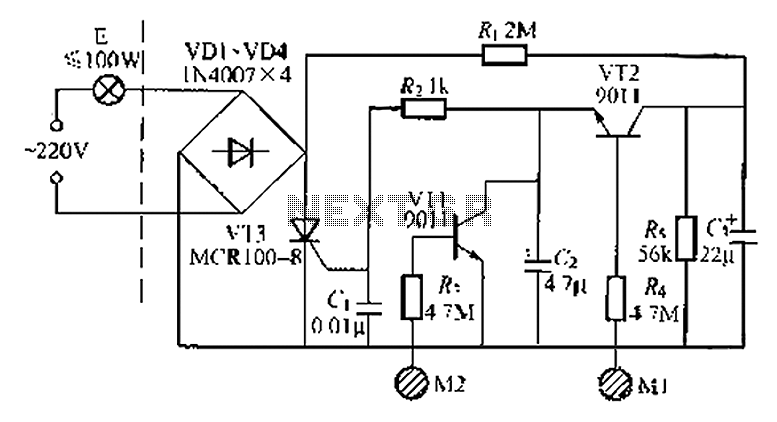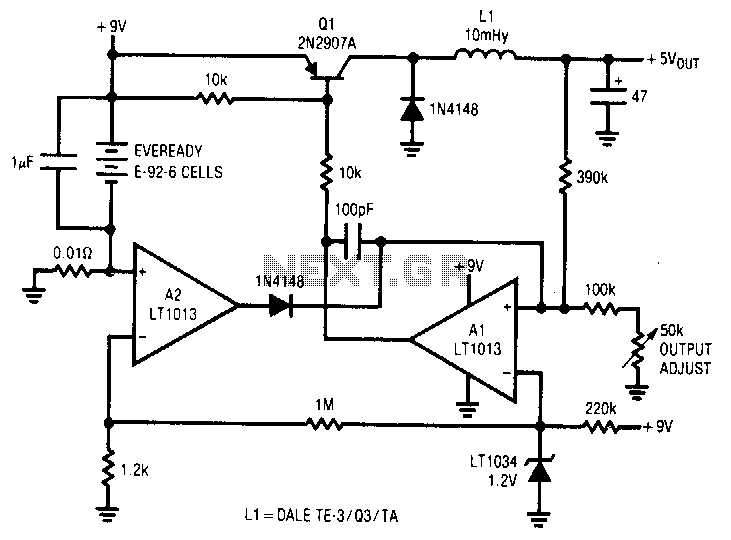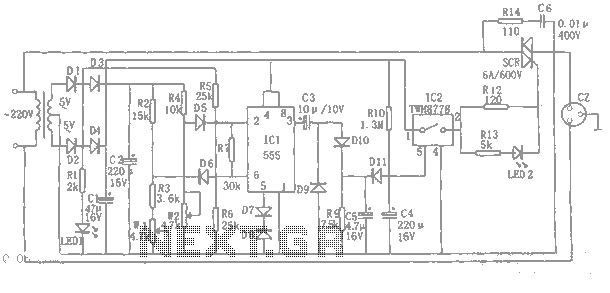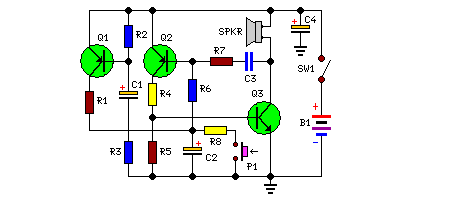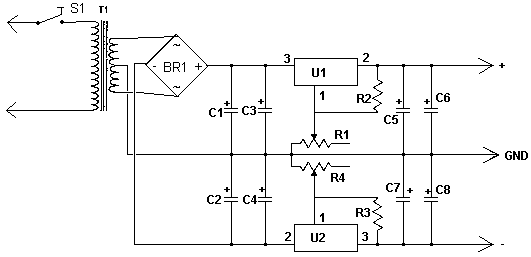
double symmetrical power supply
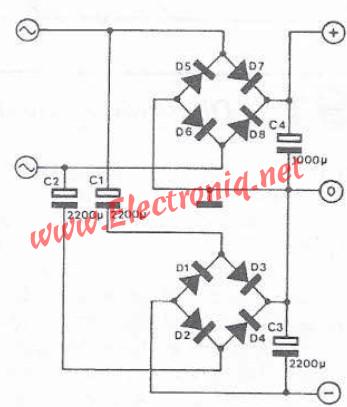
If a double power supply is desired but a center-tapped transformer is unavailable, an electronic circuit can be utilized in the following configuration. This circuit employs a second rectifier bridge connected to the secondary coil of the transformer, utilizing two capacitors (C1 and C2). The DC voltage generated is not in galvanic contact with the terminals of the transformer, where the other bridge rectifier is connected, allowing both voltages to be combined into a symmetric voltage.
To create a double power supply without a center-tapped transformer, the described circuit configuration effectively combines the output from two bridge rectifiers. The primary transformer provides the necessary alternating current (AC) voltage, which is then rectified by the first bridge rectifier. The second bridge rectifier is connected to the secondary winding of the transformer, allowing for the generation of an additional DC voltage.
Capacitors C1 and C2 serve as smoothing components. They are connected in parallel with the outputs of the respective bridge rectifiers. Their role is to filter the rectified voltage, reducing ripple and providing a more stable DC output. The output of the first bridge rectifier can be considered as V1, while the output from the second bridge rectifier is V2.
Since the two outputs are not galvanically connected, they can be summed to create a symmetric voltage output. This means that the output can provide both positive and negative voltages relative to a common ground, which is essential for many applications requiring dual polarity supplies, such as operational amplifiers and analog signal processing circuits.
To ensure proper functionality, it is crucial to select the right specifications for the transformer, rectifiers, and capacitors. The transformer must be rated for the required voltage and current, while the rectifiers should be capable of handling the peak inverse voltage (PIV) and the forward current. The capacitors should be chosen based on the desired ripple voltage and load conditions.
Overall, this configuration allows for a versatile power supply solution, enabling the use of standard transformers to achieve dual voltage outputs without the need for a center-tapped design.If you wish to use a double power supply but don`t have a center trapped transformer you can use an electronic circuit in the following configuration. This electronic circuit uses a second rectifier bridge coupled with secondary coil of the transformer using two capacitors (C1 and C2).
Because the DC voltage produced is not in galvanic contact wit h the terminals of the transformer, where is connected the other one bridge rectifier, both voltages can be combined into a symmetric voltage. 🔗 External reference
To create a double power supply without a center-tapped transformer, the described circuit configuration effectively combines the output from two bridge rectifiers. The primary transformer provides the necessary alternating current (AC) voltage, which is then rectified by the first bridge rectifier. The second bridge rectifier is connected to the secondary winding of the transformer, allowing for the generation of an additional DC voltage.
Capacitors C1 and C2 serve as smoothing components. They are connected in parallel with the outputs of the respective bridge rectifiers. Their role is to filter the rectified voltage, reducing ripple and providing a more stable DC output. The output of the first bridge rectifier can be considered as V1, while the output from the second bridge rectifier is V2.
Since the two outputs are not galvanically connected, they can be summed to create a symmetric voltage output. This means that the output can provide both positive and negative voltages relative to a common ground, which is essential for many applications requiring dual polarity supplies, such as operational amplifiers and analog signal processing circuits.
To ensure proper functionality, it is crucial to select the right specifications for the transformer, rectifiers, and capacitors. The transformer must be rated for the required voltage and current, while the rectifiers should be capable of handling the peak inverse voltage (PIV) and the forward current. The capacitors should be chosen based on the desired ripple voltage and load conditions.
Overall, this configuration allows for a versatile power supply solution, enabling the use of standard transformers to achieve dual voltage outputs without the need for a center-tapped design.If you wish to use a double power supply but don`t have a center trapped transformer you can use an electronic circuit in the following configuration. This electronic circuit uses a second rectifier bridge coupled with secondary coil of the transformer using two capacitors (C1 and C2).
Because the DC voltage produced is not in galvanic contact wit h the terminals of the transformer, where is connected the other one bridge rectifier, both voltages can be combined into a symmetric voltage. 🔗 External reference
